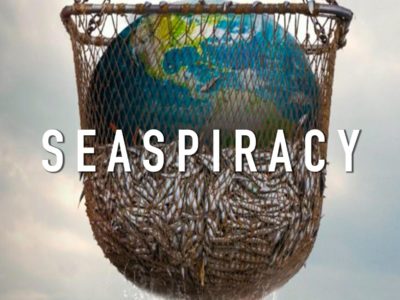Our planet is dying, this is a known fact. While conversations of air pollution, global warming and deforestation are widely stressed to the public eye, one of the most profound and life-threatening issues receives little to no attention: overfishing. In May of 2021, an investigative documentary aired on Netflix titled Seaspiracy. This global platform gave a voice to an alarming issue that has been strategically silenced by the very people who advocate for its change. A brave and life changing film, Seaspiracy not only provides factual evidence of the overfishing industry but does so in a way that grips onto the audience and doesn’t let them go. Through the research of Ali Trabizi, the head narrator, it is revealed that by the year 2048 the world will see the phrase “many fish in the sea” become obsolete.
This documentary is the vital piece to informing the world on a global scale to just how close we are to a lifeless ocean.
Whales and Dolphins
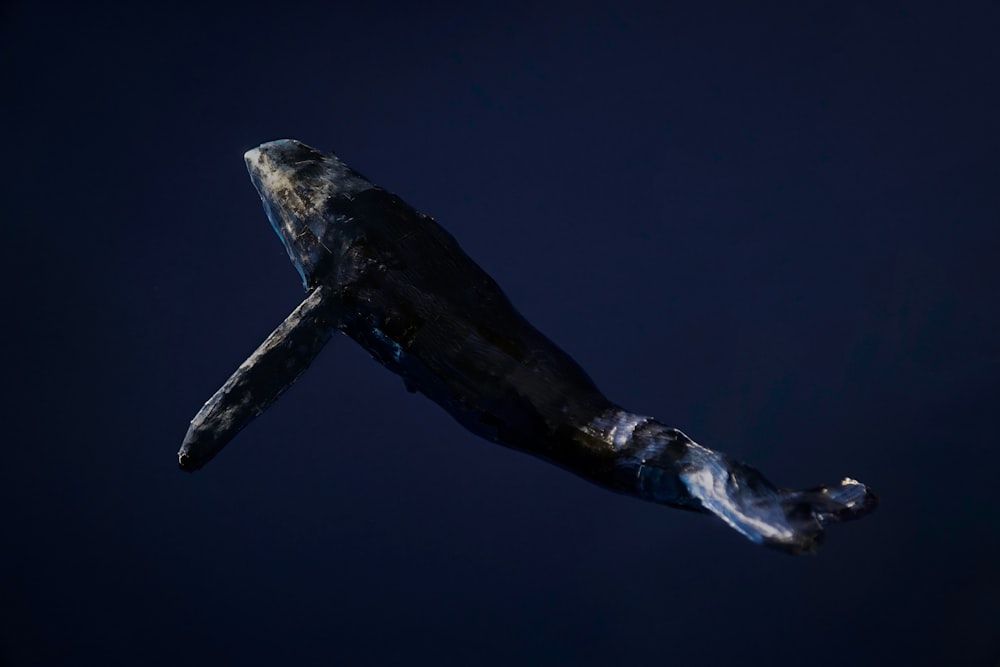
When thinking of whales, a ginormous and elegant creature comes to mind. Whether it’s in captivity or the wild, feelings of excitement and wonder are attached to the massive creatures. What’s not associated with this common idea is the impact they have on keeping humans alive.
Whales are responsible for generating 85% of the air we breathe. As they surface for air, they release phytoplankton that take in four times as much carbon dioxide as the Amazon rainforest. Considering the sheer size of the Amazon, this statistic is astronomical and yet unknown to the public.
Why might you ask? Because the whaling industry is directly connected to the fishing industry, fishermen see them as competition. Therefore, information like this puts a spotlight on the issue of whaling and will prove to be the downfall of the industry if enough people realize its gravity. In 1986 an international whaling ban was put into place but has been blatantly ignored by countries who have resorted to underground, strict, and violent practices of illegal whaling].This is a direct result of the self-conscious fishermen who would rather kill the defenseless competition than find a solution.
Dolphins

The first example of corruption highlighted by Tabrizi was the connection between dolphin drives and the marine park entertainment industry. According to Seaspiracy, these dolphin and whale killing grounds are directly supported by the entertainment industry. A healthy, attractive and most importantly live dolphin can be worth over 100,000 dollars, and marine parks are paying it.
Between the years of 2000 and 2015, statistics show that for every one dolphin captured in ports like Taiji, a Japanese whaling port, there were 12 perfectly healthy dolphins killed. Why? Yet again, they’re seen as competition to the fishing industry.
The fishermen could easily return those 12 extra dolphins to the wild, but no, this is their form of pest control as they feel they eat too many fish. The slaughter of innocent marine creatures is the reaction to the overfishing, specifically in Japan in regards to this documentary.
Overfishing
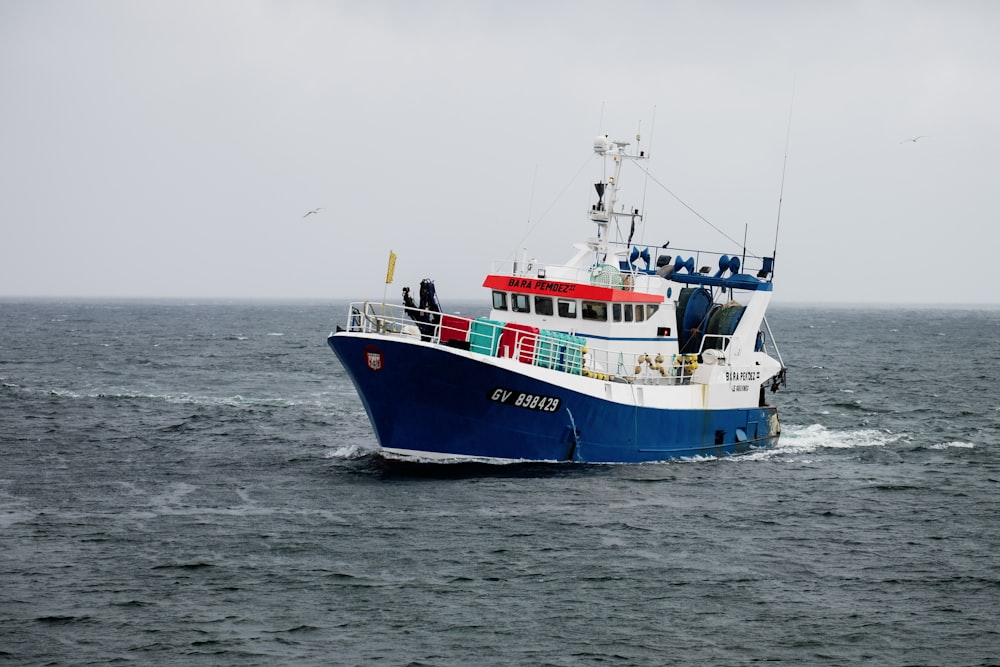
Ali’s discovery of the illegal practices in Taiji led him to a fish market in Kii-Katsuura to find out more about the dolphin killing as a result of competition. The trip there unknowingly landed his team in one of the largest tuna ports in the world. They were undercover filming the entire time as it was their only way to get footage. One bluefin tuna fish caught would sell for 3 million dollars in the Tokyo fish market. Three. Million. Dollars.
It’s pretty easy to connect the dots from here: if you could sell a fish for three million dollars, why wouldn’t you selfishly catch every last one? Overfishing has contributed to bluefin tuna’s 97% decrease in population, leaving just 3% left in the ocean today. Therefore, the narrative told by the Japanese fishing industry of killing dolphins for eating too many fish is a flat out lie.
Instead, what they’re actually doing is using the dolphins as a scapegoat for their continuous participation in the multibillion-dollar fishing industry while avoiding any type of responsibility to the environment.
Shark Finning

Possibly one of the most inconceivable practices Tabrizi touched on was the shark finning industry. Sharks are equally as important as whales and dolphins for keeping the oceans alive. They balance the ecosystem and keep the coral reefs alive but like bluefin tuna, shark populations are losing 80-90% of their population because of us. With this knowledge, one must ask the question: why are we killing them?
The answer is unbelievable. Shark fin soup, a delicacy in Asian countries, is to blame. The funny thing is, it has no special health supplements, no flavor at all and costs over $100 a bowl. It’s almost as if someone just said, “let’s make this a thing” for no good reason whatsoever. Per year, sharks kill approximately 10 people, whereas humans kill 11 to 30,000 sharks per year.
“After I learned the proportion of human deaths to shark deaths, it really shocked me. Now it is clear that sharks are painted as incredibly dangerous creatures but it turns out we are the ones that are more harmful and for what reason? The fact that their fins are considered a delicacy? It makes no sense,” University of Tennessee junior Elizabeth Duncan said.
Half of these sharks are killed as a result of bycatch from fishing nets. Therefore, the ignorant argument of killing sharks due to safety concerns has absolutely no grounds. In reality, we are the monsters of the sea.
Plastic Fishing Nets
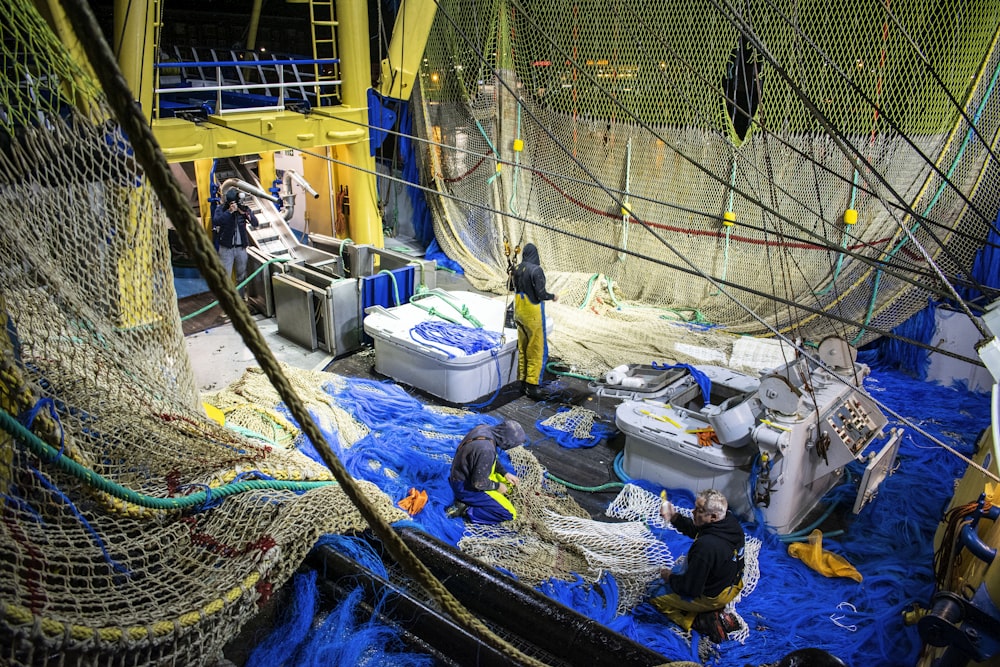
When you think of plastic waste in the ocean what comes to mind? Through strategic marketing tactics you most likely immediately thought of plastic bags and straws aimlessly floating in the water. In reality, almost half of the plastic in the ocean is discarded plastic fishing nets directly from the commercial fishing industry.
“We hear a lot about the Great Pacific Garbage Patch, 46% of that is discarded fishing nets which are far more dangerous for marine life than our plastic straws. Why aren’t even the plastics campaigns talking about fishing,” said George Monbiot a journalist, author and environmentalist.
This mind-blowing fact is seemingly ignored when it comes to environmental campaigns. For example, every day longline fishing sets enough fishing nets up to wrap around the world 500 times. How can a fact like that be ignored when it comes to advocating for change? It’s due to the dominance and power behind the fishing industry.
Tabrizi met with the Plastic Pollution Coalition to confront them with these facts and received conflicting answers and hostility from an organization that claimed they wanted to help stop the plastic pollution. Further investigation revealed that the Plastic Pollution Coalition is the same organization as the Earth Island Institute who’s in direct business with the fishing industries. So obviously, they are not going to speak out against fishing nets.
“The moment I learned about the corruption in the fishing industry, my view of eating fish changed. I didn’t want to be a part of the group that is being consistently lied to and deceived just so these companies can continue to make money,” Auburn University senior Kylie Murray said.
The clear answer is a stop to overfishing means putting a stop to 46% of the plastic pollution in the ocean. The problem is, organizations who advocate for this very change are too scared to say that seemingly simple sentence.
Marine Plants
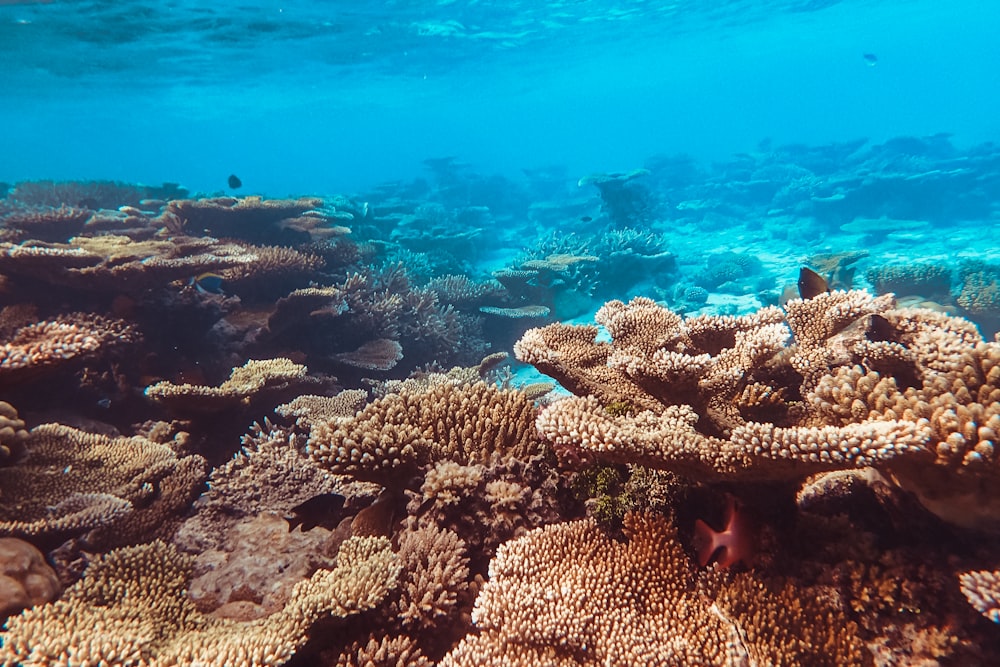
One of the most important players in keeping the ocean alive are marine plants. With the help of marine plants, 93% of the world’s carbon dioxide is kept in the ocean. Per acre, marine plants hold up to 20 times more carbon than forests on land. To put that statistic on perspective, Tabrizi offered an example comparing the gravity of marine plant life and pollution emission of cars. According to Ali, a 1% loss of marine plant life is the equivalent of releasing pollutants from 97 million vehicles.
How would we remove plant life? Through overfishing. The marine plants count on an ecosystem to exist in, and without fish you have no ecosystem. Trawling, a form of fishing, has proven to be one of the most destructive practices. This process involves weights nets so big you can fit 19 airplanes in them. The weights hold them down on the ocean floor, destroying everything in its path; marine plants included. According to the documentary, trawling eliminates 3.9 billion acres of marine life every year.
“This is the equivalent to wiping out the land area of Greenland, Norway, Sweden, Finland, Denmark, the UK, Germany, France, Spain, Portugal, Italy, Turkey, Iran, Thailand and Australia combined,” said Ali.
There are virtually no marine protected areas across the globe. Therefore, all marine plant life is defenseless against the destruction that comes with fishing.
Seafood Sustainability
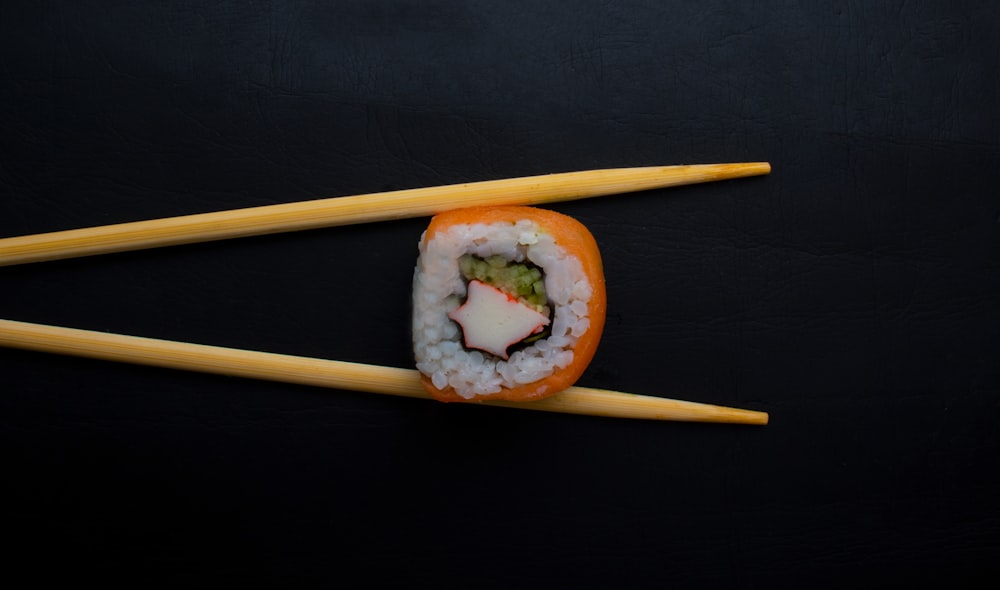
With little to no protected marine life areas and rapidly declining fish population, there seems to be no way to create a sustainable fishing industry. Tabrizi asked an interviewee about their opinion on sustainable fishing.
“There’s no such thing as a sustainable fishing industry. Everything is now ‘sustainable’. It’s not sustainable, it’s just a marketing phrase,” Founder of Sea Shepherd Conservation Society Captain Paul Wilson said.
The organizations who preach about sustainability have no data or argumentative material to back it up.
“Basically, what they’re trying to do is appeal to the big tent. They want the people who eat fish to support them. When I was the national director for the Sierra Club that was their problem. They didn’t want to come out against hunting. They didn’t want to come out against fishing and they didn’t want to come out against meat eating because they thought they would lose members and support if they did. A lot of these groups aren’t interested in solving the problem. They’re interested in exploiting the problem. It’s a business, it’s a feel-good business,” said Wilson.
What happens now?
Here’s how to help.
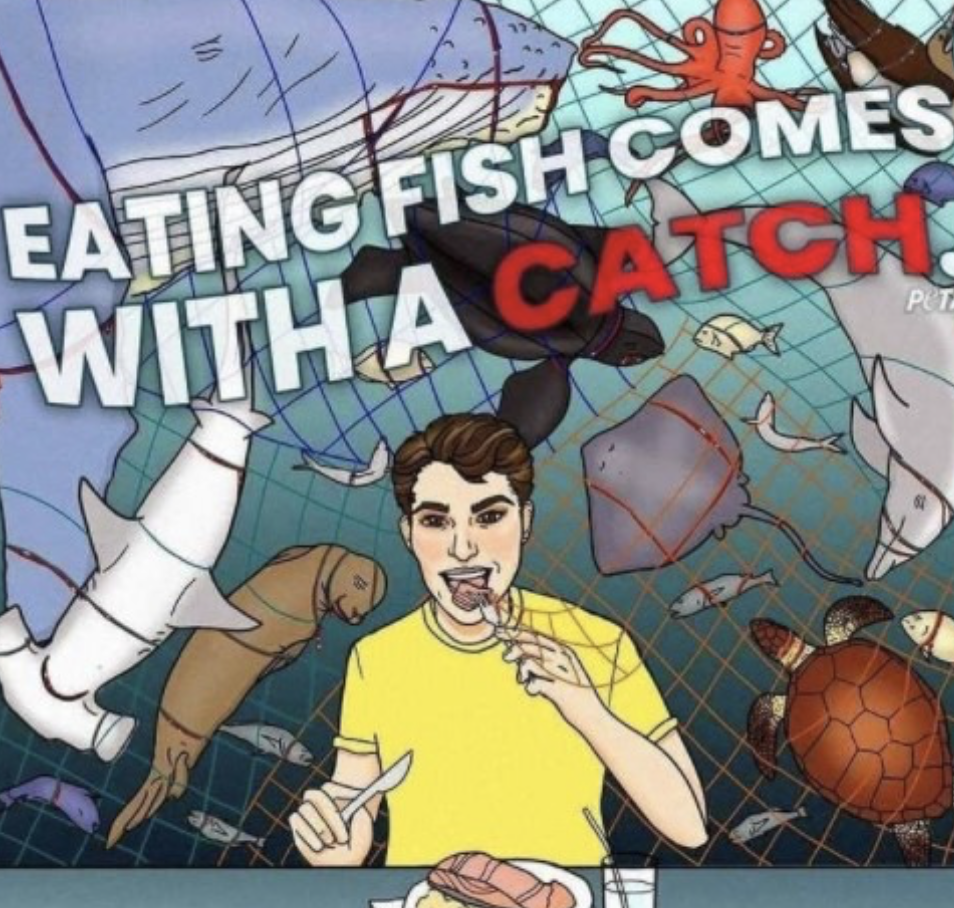
While this documentary raised various questions, fact checks and controversy, the overall message of the film still stands. Once you have come into contact with this information, it’s your duty to educate yourself and actually pay attention to what you’re buying.
There’re places in the world that depend on small scale fishing to survive, so the phrase “just stop eating fish” isn’t economically viable. On the other hand, there are companies like New Wave Foods, who have made it their mission to provide new forms of seafood made from sea plants.
The taste is the same, the same nutrients are there but the PCB, cholesterol, heavy antibiotics and mercury found in fish today are nowhere to be seen. It’s possible to create a world that’s not dependent on large scale fishing and it’s within our reach. We just have to stop talking about the problems and actually do something about it.
The first step starts with you.

